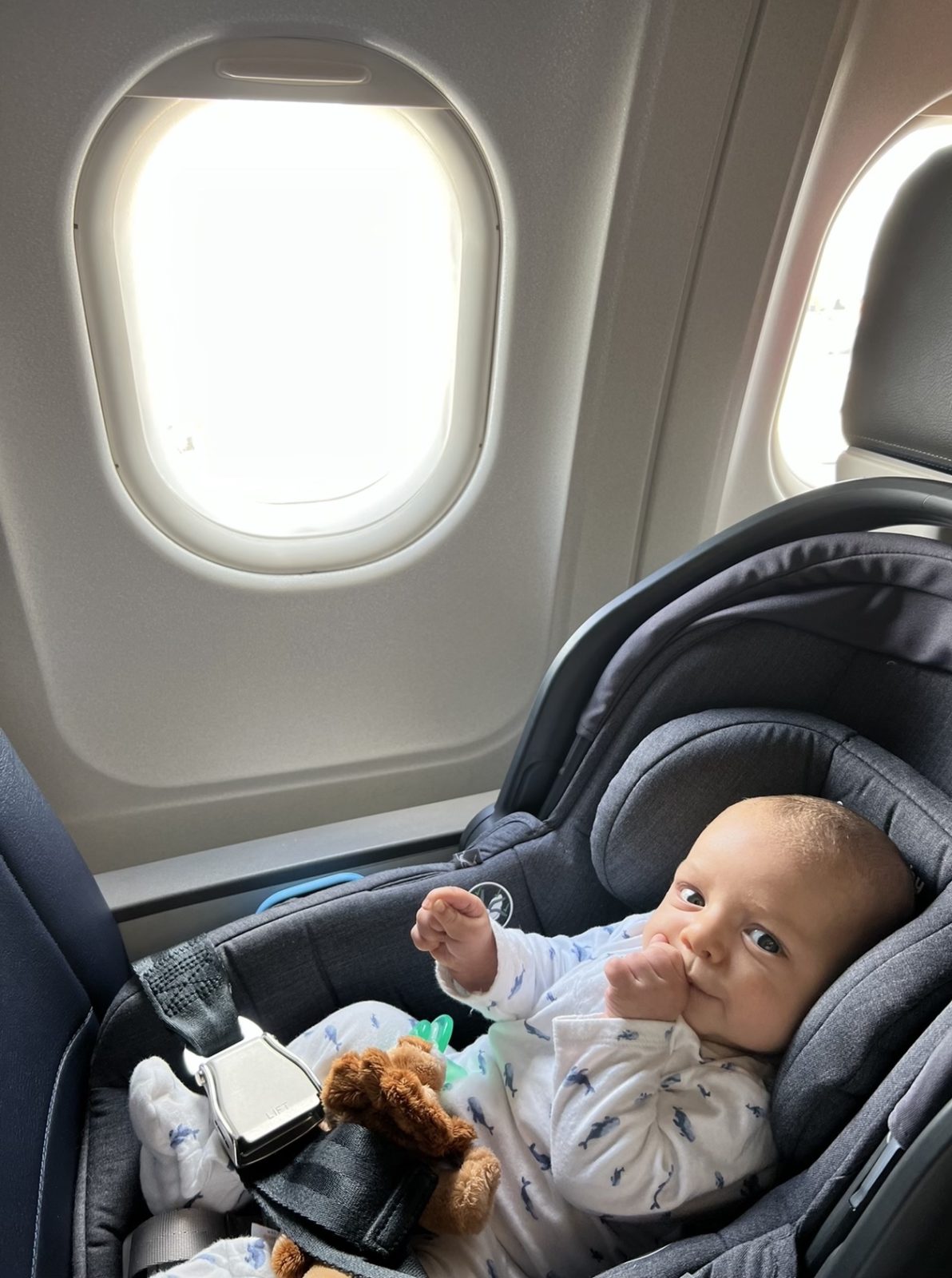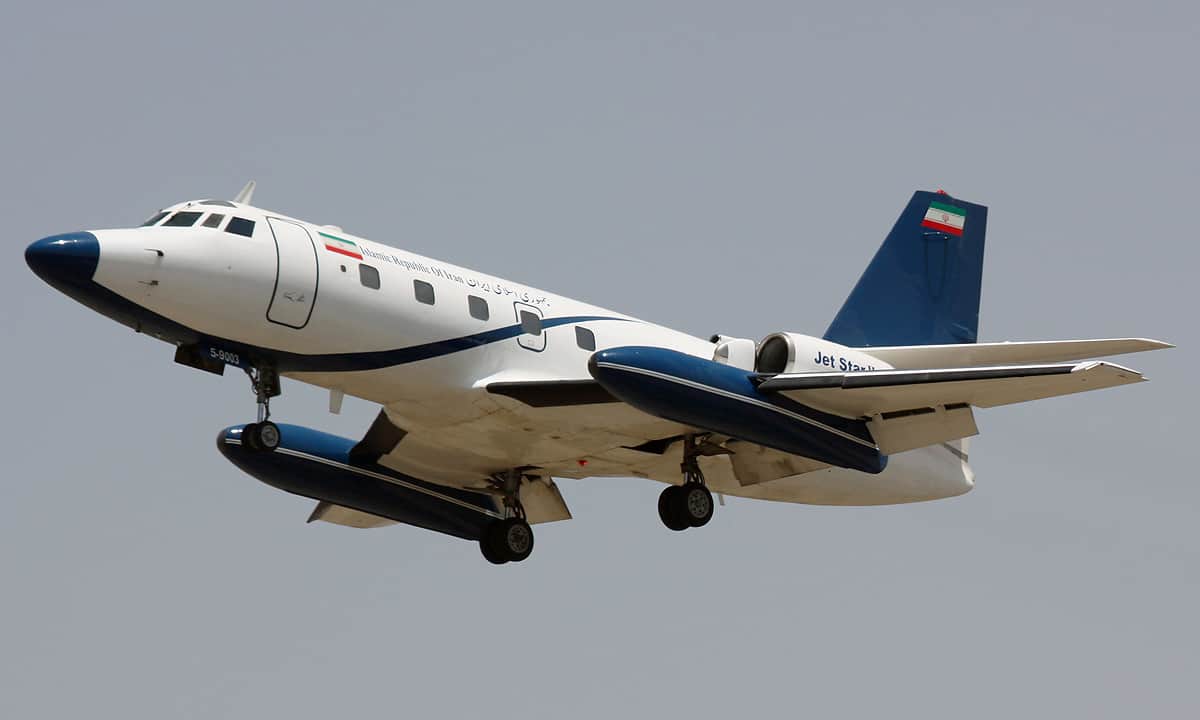Cargo Airplane - Additional citations are needed to support this article. Please help us improve this article by adding citations to specific sources. Free material can be challenged and removed. Find Sources: "Military Air Transport" - News · Journals · Books · Scholar · JSTOR (August 2017) (Learn how and what to remove from this message template)
A military ship, aircraft or military ship, or an air transporter is a military transport aircraft to support military operations for the airlift of troops and military equipment. Transportable aircraft are critical to maintaining line forces to forward bases that are difficult to reach by land or water, and can be used for both strategic and tactical missions. They are also often used in civilian emergency missions transporting humanitarian aid.
Cargo Airplane

Fixed-wing transport aircraft are defined according to their range capability for strategic airstrikes or tactical airstrikes, which reflect the needs of the ground forces they usually support. This roughly corresponds to the difference in commercial flight length: Eurocontrol defines short routes as shorter than 1,500 km (810 nmi), long-haul routes as longer than 4,000 km (2,200 nmi) and intermediate distances.
Air Cargo 2022: What Went Right And What Went Wrong
A military glider is an unpowered military air transport used in certain missions to transport soldiers and/or equipment to combat.
Military helicopters are used in areas where the use of conventional aircraft is impossible. For example, the military transport helicopter is the primary cargo for the US Marines who deploy with LHDs and LHAs. Helicopter landing capabilities are almost complete, and where landing is not possible, such as in dense jungle, the ability to fly a helicopter allows troops to deploy by rappel and rope.
Cargo helicopters are used in attack, medium and heavy classes. Air attack helicopters are generally the smallest types of transport and are designed to move an infantry squad or section and their equipment. The attack helicopters are mainly armed for self-defense both in transit and to control the zone from the ship. This armament can be in the form of door cannons or helicopter modifications with columnar wings and pylons to carry missiles and rocket pods. For example, the Sikorsky S-70, equipped with an ESSM (External Storage Support System), and the Hip E variant of the Mil Mi-8 can carry as many weapons as some dedicated attack helicopters.
Medium transport helicopters are generally suitable for moving infantry troops, or for transporting artillery or light vehicles, either in or in artillery roles. Unlike attack helicopters, they are not usually expected to land directly on the ground in a combat zone, but are used to reinforce port zones, which take the first wave of attacks. Examples include unarmed versions of the Mil Mi-8, the Super Leopard, the CH-46 Sea Horse and the NH90.
Half A Dozen Chinese Y 20 Cargo Jets Popped Up Over Europe Last Night (updated)
Heavy lift helicopters are the largest and most capable types of transport, in use limited to the Sea Stallion CH-53 and the CH-53E Super Stallion, CH-47 Chinook, Mil Mi-26 and Aerospatiale Super Frelon. Capable of lifting up to 80 troops and moving armored vehicles (usually as cargo, but also internally), these helicopters act in a tactical transport role in the same way as small fixed-wing turboprop airlifters. The helicopter's lower speed, size, and increased fuel consumption are more than offset by its ability to operate virtually anywhere. Aerospace corporations around the world have developed several oversized airplanes to lift huge loads and are working on future designs that may allow planes to carry more. Here's a look at some of the biggest cargo planes that are currently in service.
You know those planes that fly with a space shuttle on the back? Well, the Anthony An-225 Mriya is the biggest of all. It holds the world record for the largest payload of a single object, 418,834 pounds, as well as for the largest air cargo - 559,577 pounds, or 280 tons. Only one of these monsters was built in the late 1980s by the Soviet Union in what is now Ukraine.
Many of the world's largest freighters are variations of the Boeing 747. The 747-8 Freighter, the Intercontinental's 747-8 freighter, is significantly heavier - with a maximum weight of nearly 900,000 pounds. But the design of the Dreamlifter fuselage allows the plane to be particularly large or awkwardly shaped.

NASA preferred an aircraft to transport space and other large objects, the Super Guppy, an older design indeed. It first flew in 1965 and was constructed directly from the fuselage of the Boeing C-97 Stratofreighter, which was lengthened and lifted for larger payloads. Recently, one was used to [link href="https:///space/g1914/todai-in-photos-nasa/?slide=1" link_updater_label="ekternal_hearst" target blank"] carry the Orion Space Launch Schedule for the first Space Launch The rocket system in 2018.
Different Types Of (military) Cargo Planes
The Soviet-made Antonov An-124 Condor is the largest military aircraft in the world. In this 2004 file photo, a U.S. Navy Deep Submergence Vehicle (DSRV) loads an An-124 Condor for a flight to South Korea. Forty of these aircraft are still in service, although only a few still serve the Russian military.
Slightly smaller than the Antonius Condor, Lockheed's C-5 Galaxy is the largest flying aircraft flown by the US military. With a payload capacity of nearly 240,000 pounds, the Lockheed Galaxy is capable of carrying two M1 Abrams main battle tanks, 16 Humvees, or a variety of other vehicles.
The Airbus Beluga was introduced in 1995 to replace the larger Super Guppy. Airbus needed an aircraft that could carry large aircraft parts, and maintaining the Super Guppy was not cost effective. Organizations that used the Guppy over the Beluga have replaced it - except NASA. NASA loves Super Guppies.
Another aircraft designed by the Soviet Antonov Design Bureau - now Antonov State Company of Kiev, Ukraine. The Antonius An-22 has four spiral propellers and is the largest turboprop aircraft in the world. The aircraft is still in service and has flown several military missions to the Soviet Union and Russia during its nearly 50-year service life.
Eye On The Horizon: The Future Of The Air Cargo Industry
The first flight of the Boeing C-17 Globemaster III took place in September 1991 and more than 250 of these beauties were built. The Globemaster III is a major workhorse for the U.S. military, transporting troops and cargo, performing airlift and medical evacuations, and flying aircraft routes around the world.
The Airbus A400M was built as an international enterprise and operates across Germany, France, Spain, the United Kingdom and Turkey, among other European countries. The aircraft's first flight was in 2009, and it uses newer composite materials for the fuselage and turboprop engines for maximum fuel efficiency and less work. It has a payload capacity of 74,000 pounds.
The C-130J Super Hercules is the latest in the Lockheed Martin Hercules family that began with the C-130 Hercules in 1954. Various Hercules aircraft are the longest-running military aircraft ever produced. The main Hercules design survives a series of designated successor aircraft.
Kawasaki Heavy Industries' C-2 cargo plane is still in development and flight testing. First scheduled to go into production in 2014, it will replace the Kawasaki C-1 used by the Japan Self-Defense Air Force (JASDF). With a payload capacity of nearly 83,000 pounds, the Kawasaki C-2 will be able to transport more than 3 times the weight of the C-1. Additional citations are needed to support this article. Please help us improve this article by adding citations to specific sources. Free material can be challenged and removed. Find Sources: "Cargo Plane" - News · Journals · Books · Scholar · JSTOR (September 2018) (Learn how and why to remove this message template)
Set Big Cargo Airplane For Transportation, Delivery By Air. Stock Vector
An air cargo ship (also commonly called a plane, ship, plane, airplane, or jet cargo ship) is a fixed-wing aircraft designed or modified to carry cargo rather than passengers. Such carriers usually do not include passengers and usually have one or more large cargo ports. Traders can be employed in civil carriers or airlines, private companies or the forces of individual nations.
Airplanes designed for cargo flight generally have characteristics that distinguish them from conventional passenger aircraft: a wide/tall fuselage cross-section, a high wing that allows the cargo area to be close to the ground, many wheels that allow landing in unprepared areas. and a high tail that allows cargo to be brought directly in and out of the aircraft.
By 2015, dedicated carriers represented 43% of the 700 billion ATK (Available Tonne Kilometers) capacity, while 57% of cargo was transported by airline. Even in 2015, Boeing's revenue is forecast to increase to 63%, while its own revenue will represent 37% of the 1.2 trillion ATK in 2035.
Business Development Consulting predicts that the global transport fleet will increase from 1,782 to 2,920 transport aircraft from 2019 to 2039.
The 'dream' Is Dead: Air Cargo Wonder Destroyed In Ukraine
A US Air Force Lockheed C-130 Hercules, the prototype military transport aircraft over the Atlantic Ocean in 2014.
Airplanes were put into service as cargo planes as early as 1911. Although the earliest airplanes were not primarily designed as transportation vehicles, by the mid-1920s aircraft manufacturers were thinking and
Cargo airplane images, military cargo airplane, airplane cargo net, airplane cargo, lego city cargo airplane, airplane cargo hold, cargo airplane for sale, cargo airplane toy, small cargo airplane, airplane cargo containers, lego cargo airplane, dogs in airplane cargo


















